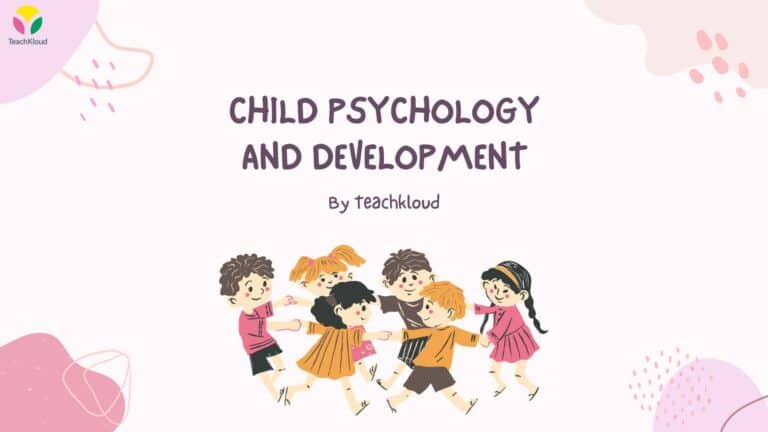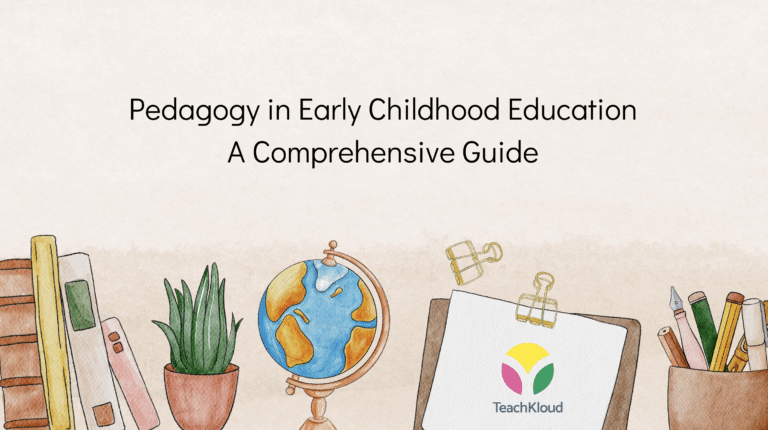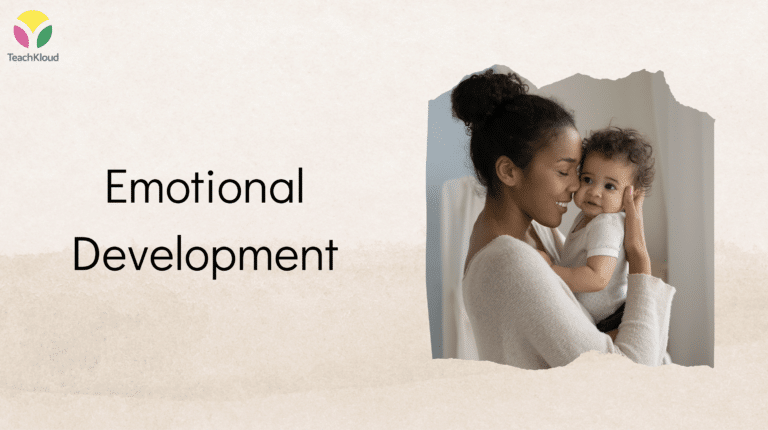Vygotsky’s theory of social development
The sociocultural theory of human learning explains learning as a social process. This theory believes that human intelligence originates from our cultural environment and that social interaction plays a key role in developing cognition. Lev Vygotsky, a Soviet psychologist, was a contemporary of other great contributors to the field of the psychology of learning such as Jean Piaget. However, Vygotsky remained in relative obscurity for decades, partially due to his tragic early death at the age of 37 and the suppression of his work in his country, Russia. Socio-cultural theory has been expanded and modified by various other scholars in the field of psychology.
Vygotsky belonged to the constructivism school of psychological thought, whose members adopted the epistemological approach. This approach emphasises how learners actively construct knowledge from their previous experience. This experience is often dependent on the social and cultural environment. In which the individual resides. That is, cognitive development occurs first as a product of social interaction with others which is informed by the individual’s culture.
There are three key areas of the sociocultural theory – Vygotsky’s theory of social development:
- Zone of proximal development (ZPD)
- Private speech
- Make believe play
The Zone of Proximal development (ZPD) is extremely relevant to early childhood education and care. Vygotsky argued that the concept of the Zone of proximal development was crucial in tailoring care and education to suit every child. Vygotsky defines the ZPD as: “the distance between the actual development level as determined by independent problem-solving (by the individual) and the level of potential development as determined through problem solving under adult guidance, or in collaboration with more capable peers.” Therefore, the ZPD is what the child can do with minimal guidance. Want to learn more on developmental psychology, take our free 1 hour course here.
Following this, Vygotsky introduced the “more knowledgeable other” which is where learning by the child occurs through social interaction with a skilful tutor. This can be a teacher, peer, older child or even a computer programme. Shaffer (1996) explained this through an example of a little girl doing her best to complete a puzzle on her own. She struggles, at first, trying to fit pieces where they do not belong. Her father intervenes after observing her and shows her basic strategies in doing a jigsaw such as grouping and sorting based on size/picture/shape while encouraging her to try these strategies out herself. The father continues to guide her but as the child becomes more confident he allows her to work more independently. This example demonstrates how communication, social interaction and collaborative learning promotes cognitive development.
As demonstrated in the example with the little girl, skilled assistance provided by a more knowledgeable other can help children master tasks that lie within their ZPD. As the child develops with the support of the adult, the ZPD can be widened and the child’s skills enhanced.
Private speech – Vygotsky’s theory of social development
Private speech is understood as speech directed inwards. The purpose of private speech in Vygotsky’s view was for self-guidance and regulation of behaviour. This may be why it is usually observable in children between 2 and 7 years old. Vygotsky also noted that a positive correlation existed between private speech usage by children and achievement of complex tasks. Indeed, it is initially utilised by the child, not for communication with the members of their external environment but for intrapersonal purposes. The child grapples with complex tasks within their environment as h/she continues to interact with their social environment. Eventually, private speech becomes internalised usually by the time the child begins primary school.
Make believe play – Vygotsky’s theory of social development
Vygotsky saw make believe play as being a form of preparation by children for roles they could eventually assume in the real world and according to the theory. These roles were influenced by others in the child’s environment and cultural beliefs such as gender norms.
In conclusion the socio-cultural theory is founded on specific principles:
- Cognitive development is founded on the predominant role of the social and cultural environment that a child grows up in.
- Cognitive development is grounded in social-interactions with members of the social environment. This is then absorbed on an individual level by the child and consequently used during further interactions.
- Children learn from more knowledgeable others who scaffold learning within appropriate developmental boundaries of what the child can do with a little bit of help.
Want more information on developmental psychology? Take our free professional development 1 hour course here.




